10 Everyday Items That Experts Say Are a Complete Waste of Money

Spending wisely is the key to financial stability, but many people unknowingly waste money on everyday items that add little to no real value. Experts agree that cutting back on these unnecessary purchases can help you save significantly over time. Here are ten items that financial and consumer experts say are simply not worth your hard-earned cash.
1. Bottled Water
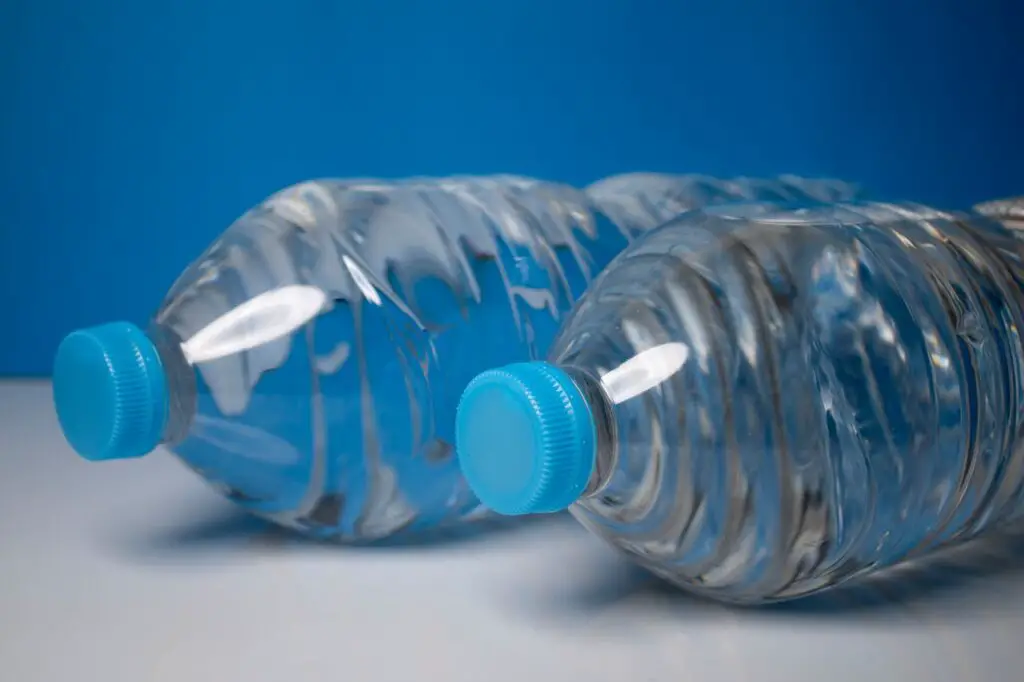
Bottled water may seem like a small expense, but it adds up quickly. Not only is it costly compared to tap water, but it is also harmful to the environment due to plastic waste. Most municipal tap water is heavily regulated and safe to drink, making a reusable water bottle and a filter a much smarter investment. Over time, you can save hundreds of dollars while reducing plastic pollution.
2. Extended Warranties
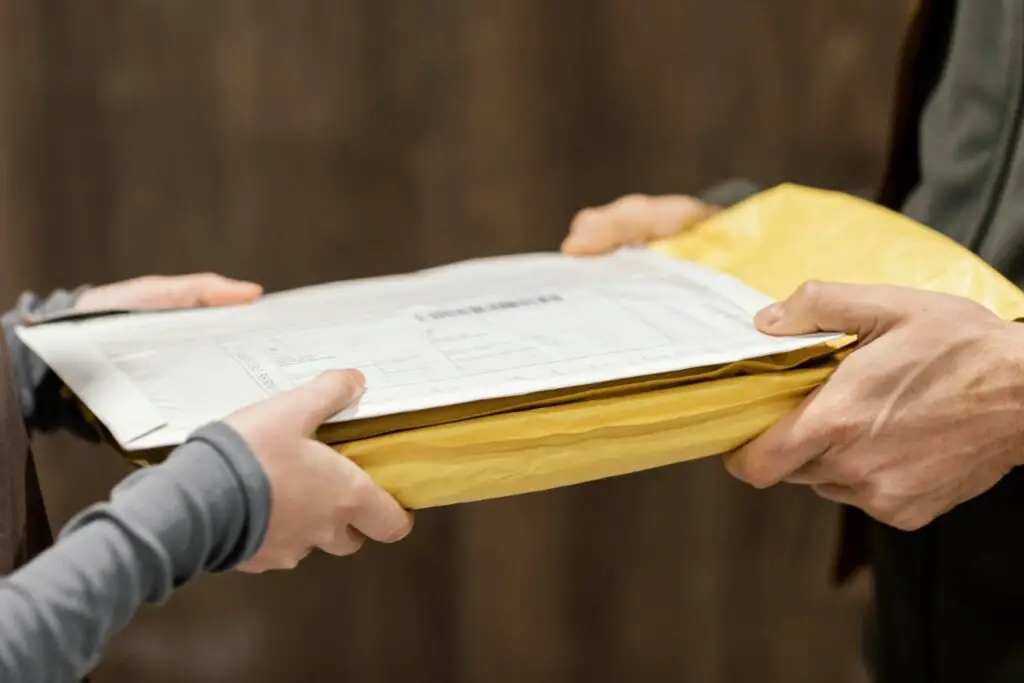
Retailers love selling extended warranties because they are often pure profit, but in most cases, they are unnecessary. Many products already come with a manufacturer’s warranty, and issues typically arise either early on—when the standard warranty still applies—or much later, when replacing the item might be the better choice. Instead of spending extra on these warranties, consider setting aside money in an emergency fund to cover potential repairs or replacements.
3. Single-Use Cleaning Products
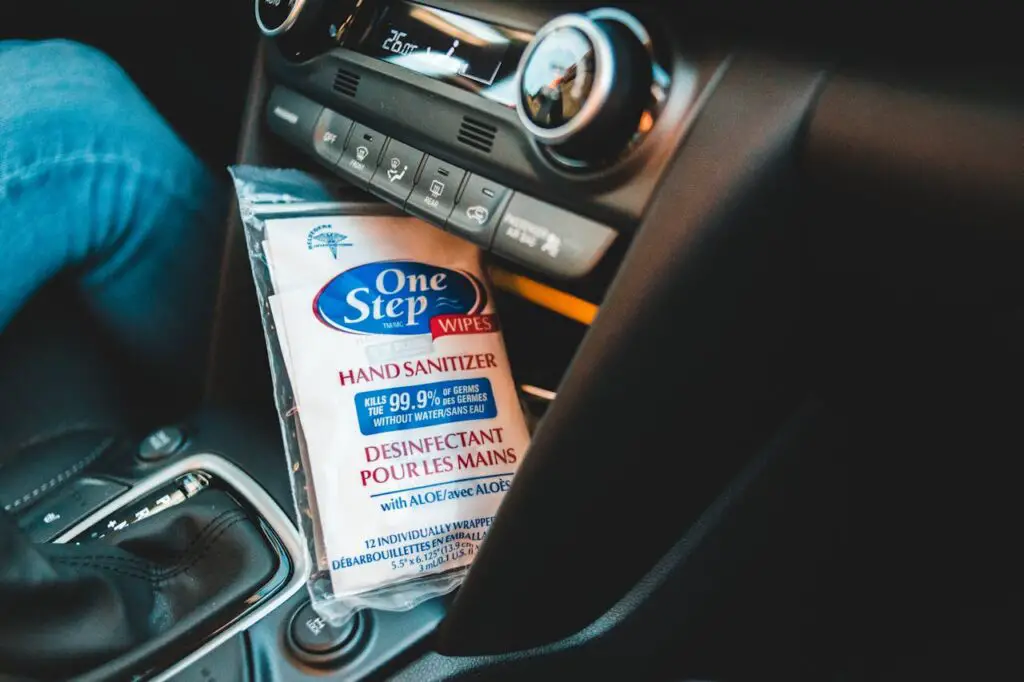
Households spend a fortune on cleaning supplies, but many single-use cleaning products are not worth the price. Disposable dusters, disinfectant wipes, and specialized cleaners for every surface quickly add up. Instead, experts recommend using multi-purpose cleaning solutions, reusable microfiber cloths, and homemade cleaning products like vinegar and baking soda. These alternatives save money and reduce waste.
4. Designer Coffee Drinks

Grabbing a coffee from a trendy café may seem harmless, but the costs quickly pile up. A daily habit of buying a $5 latte adds up to over $1,800 a year. Experts suggest making coffee at home instead. Investing in a good coffee maker and quality beans can provide a similar experience at a fraction of the cost. Bringing your own coffee to work or while running errands is a simple way to keep more money in your pocket.
5. Premium Cable Packages
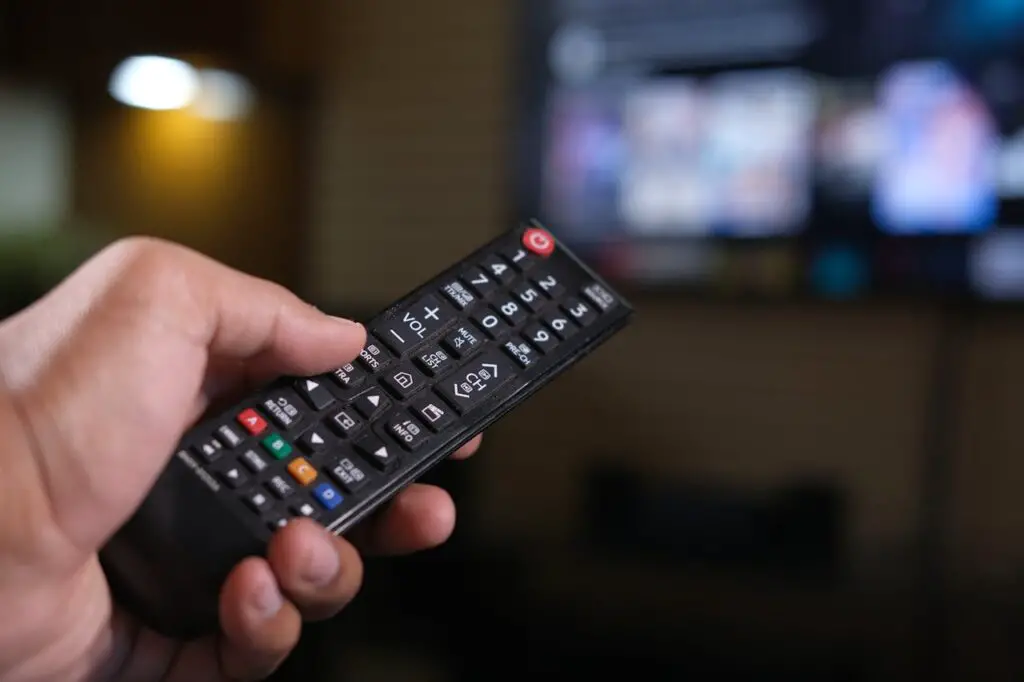
Cable television is one of the biggest money drains in modern households. Many people pay for expensive premium packages but only watch a handful of channels. Streaming services provide a much cheaper alternative with access to thousands of shows and movies. Cutting the cord and switching to streaming platforms or free digital channels can save hundreds of dollars each year without sacrificing entertainment.
6. Fast Fashion

Trendy, inexpensive clothing may seem like a bargain, but fast fashion is actually a waste of money in the long run. These cheaply made clothes wear out quickly, leading to frequent replacements. Financial experts suggest investing in high-quality, timeless pieces that last longer. Not only does this save money over time, but it also reduces waste and supports sustainable fashion choices.
7. Name-Brand Medications

Many people automatically reach for name-brand medications without realizing that generic versions contain the same active ingredients and work just as effectively. The price difference between brand-name and generic medications can be significant, and over time, those extra dollars add up. Always check with a pharmacist to confirm that a generic alternative is available to avoid spending more than necessary on medicine.
8. Pre-Cut Fruits and Vegetables
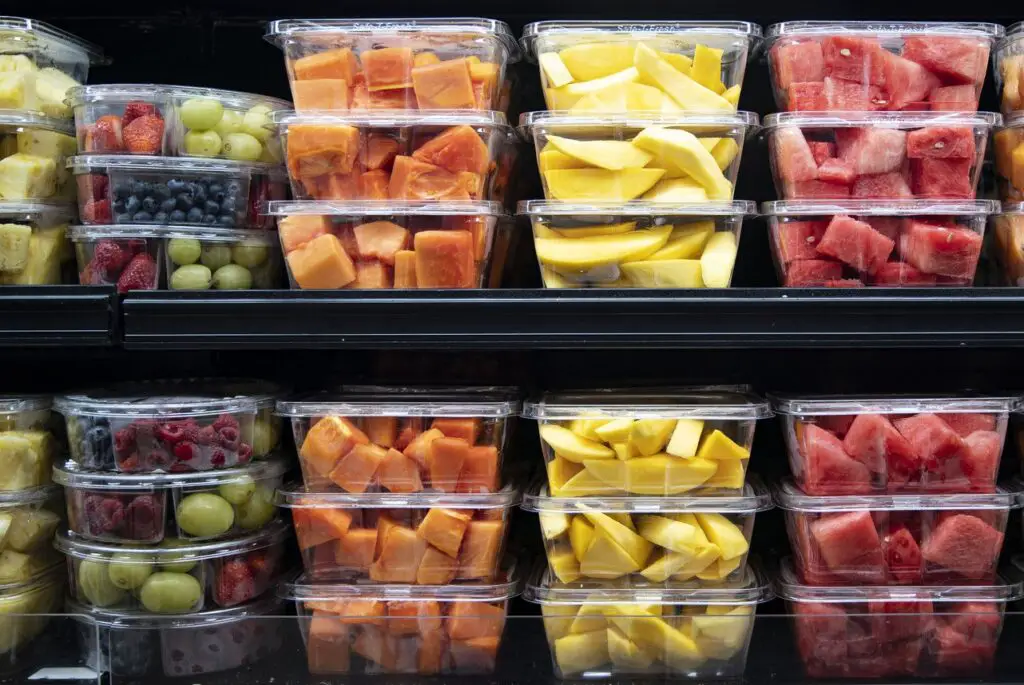
Convenience often comes with a hefty price tag, and pre-cut fruits and vegetables are a perfect example. While they save time, they can cost up to three times more than buying whole produce and cutting it yourself. Experts recommend taking a few extra minutes to prepare food at home instead of paying a premium for pre-sliced items. Not only does this save money, but it also ensures fresher, better-quality produce.
9. Gym Memberships You Do Not Use
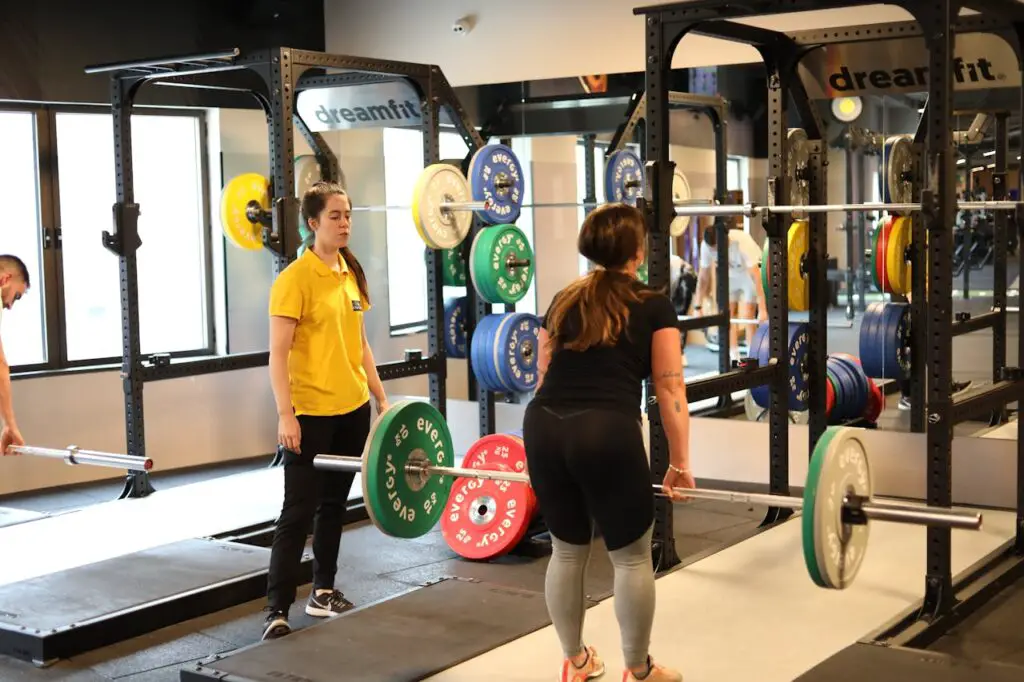
A gym membership is only worth it if you actually use it consistently. Many people sign up with good intentions but stop going after a few months while still paying monthly fees. Instead of wasting money on an unused membership, consider free or low-cost workout alternatives like home exercises, outdoor running, or fitness apps. If you prefer a gym, opt for pay-as-you-go or budget-friendly fitness centers.
10. Greeting Cards

Spending $5 or more on a greeting card may seem insignificant, but it quickly adds up over birthdays, holidays, and special occasions. A handwritten note, a DIY card, or even a digital message can be just as meaningful without the unnecessary cost. If you love giving cards, consider buying them in bulk or choosing reusable options like chalkboard-style greeting cards that can be used multiple times.
Final Thoughts

Small, everyday expenses may not seem like a big deal, but over time, they can drain your finances without you even realizing it. By identifying and eliminating wasteful spending on items like bottled water, fast fashion, and pre-cut produce, you can save a significant amount of money each year. Being mindful of where your money goes allows you to invest in things that truly add value to your life while building a more secure financial future.
Leave a Reply